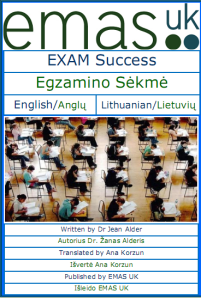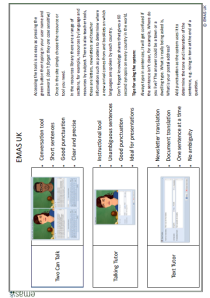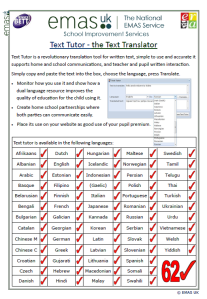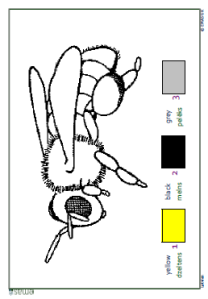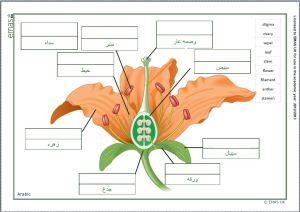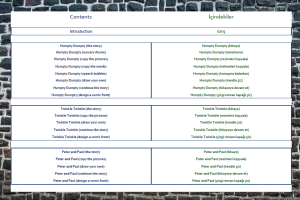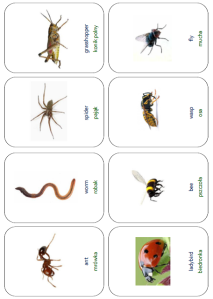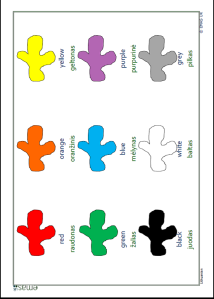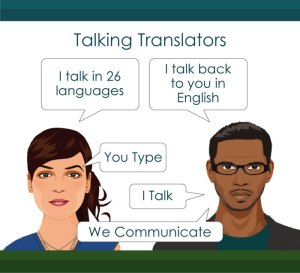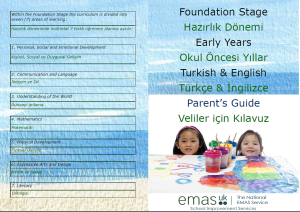Happy Easter to those who celebrate this religious custom
Afrikaans Geseënde Paasfees
Albanian Gëzuar Pashkët
Alsatian Frohe Ostern
Amharic መልካም ፋሲካ (me’elkam fasika)
Assyrian Ghyamta d’maran hoya brikhta
Azeri Pasxa bayramınız müqəddəs olsun
Basque Ondo izan Bazko garaian’
Bengali ঈস্টর এর শুভেচ্ছা নেবেন।
Bhojpuri शुभ ईस्टर
Breton Pask Seder
Bulgarian Христос Воскресе Christ has risen
Воистина Воскресе Truly, he has risen – reply
Честит Великден
Catalan Bona Pasqua
Chamorro Felis Påsgua
Cherokee ᏥᏌ ᏕᎴᎯᏌᏅ
Cantonese) 復活節快樂
Cornish Pask Lowen
Corsican Bona Pasqua
Croatian Sretan Uskrs
Czech Veselé Velikonoce
Danish God påske
Dutch Vrolijk Pasen!
Esperanto Feliĉan Paskon
Estonian Häid lihavõttepühi
Faroese Gleðilig páskir
Fijian Vanuinui vinaka ni Siga ni Mate
Finnish Hyvää Pääsiäistä / Iloista pääsiäistä
French Joyeuses Pâques
Frisian (North) Fröiliken poosche
Frisian (West) Lokkich Peaske
Friulian Buine Pasche
Galician Boas Pascuas
German Frohe Ostern
Greek (Modern) Καλό πάσχα
Χριστός ανέστη! (Hristós anésti) – Christ has Risen
Αληθώς ανέστη! (Alithós anésti) – Truly he has Risen (reply)
Haitian Creole Bònn fèt pak
Hebrew (chag pascha same’ach) חג פסחא שמח
Hindi शुभ ईस्टर (śubh īsṭar)
Hungarian Kellemes Húsvéti Ünnepeket! (Pleasant Easter Holidays!)
Áldott Húsvétot kívánok! (Wishing You a Blessed Easter!)
Icelandic Gleðilega páska
Indonesian Selamat Paskah
Irish (Gaelic) Cáisc Shona Dhuit / Dhaoibh, Beannachtaí na Cásca
Italian Buona Pasqua
Jèrriais Jouaiyeux Pâques
Kannada ಈಸ್ಟರ್ ಹಬ್ಬದ ಶುಭಾಷಯಗಳು
Khmer រីករាយថ្ងៃបុណ្យប៉ាក
Kinyarwanda Pasika Nziza
Korean 행복한 부활절이 되시길
Latin Prospera Pascha sit
Latvian Priecīgas Lieldienas
Luxembourgish Schéin Ouschteren
Malayalam ഈസ്റ്റര് ആശംസകള്!
Maltese L-Għid it-tajjeb
Manx (Gaelic) Caisht sonney dhyt
Māori Ngā mihi o te Aranga
Marathi शुभ ईस्टर (śubh īsṭar)
Norwegian God påske
Occitan Bonas Pascas
Papiamento Bon pasco
Pashto ښه او خوشحال اختر
Persian (Farsi) عيد پاک مبارک
Polish Wesołych Świąt Wielkanocnych!
Wesołego Alleluja!
Szczęśliwej Wielkanocy!
Wesołych Świąt Wielkiej Nocy!
Portuguese Boa Páscoa, Páscoa Feliz
Portuguese (Brazilian) Boa Páscoa!
Páscoa Feliz!
Punjabi ਈਸਟਰ ਖੁਸ਼ਿਯਾੰਵਾਲਾ ਹੋਵੇ (īsṭar khuśyāṅvālā hove)
Romanian Paşte Fericit
Russian Христос воскрес – Christ resurrected
Воистину воскрес (Voistinu voskres) – reply – truly resurrected
Samoan Ia manuia le Eseta
Sardinian(Logudorese) Bona pasca
Scottish Gaelic A’ Chàisg sona
Serbian Христос васкрсе (Hristos vaskrse) – Christ resurrected
Ваистину васкрсе (Vaistina vaskrse) – truly resurrected (reply)
Sicilian Bona Pasqua
Sinhala සුභ පාස්කුවක්
Slovak Veselé prežitie Veľkonočných sviatkov
Slovenian Vesele velikonočne praznike
Spanish ¡Felices Pascuas!
Swahili Heri kwa sikukuu ya Pasaka
Swedish Glad Påsk
Swiss German Schöni Oschtere
Tagalog Maligayang pasko ng pagkabuhay
Tamil ஈஸ்ட்டர் நல்வாழ்த்துக்கள்
Telugu శుభ ఈస్ఠర్ (shubha eestar)
Tetum Feliz Paskua
Thai สุขสันต์วันอีสเตอร์
Tibetan ཡི་ཤུ་བསྐྱར་གསོའི་དུས་ཆེན་ལ་བཀྲ་ཤིས་བདེ་ལེགས་ཞུ།
Tigrinya ርሑስ በዓል ፋሲካ። (Rhus Be’al Fasika)
Tok Pisin Hepi ista
Tongan Ma’u ha ‘aho Pekia fiefia.
Tsotsil Lek me ech’an ti ta k’uxul orae
Tswana Malatsi a paseka aa itumedisang
Turkish Paskalya bayramınız kutlu olsun
Ukrainian Христос Воскрес! Christ is Risen!
Venetian Bona Pasqua
Vietnamese Chúc Mừng Phục Sinh
Volapük Lesustanazäli yofik
Võro Hüvvi munnõpühhi
Welsh Pasg Hapus
Yorùbá Ẹ ku Ayọ Ajinde
Zulu IPhasika elijabulayo / IPhasika elithokozayo

